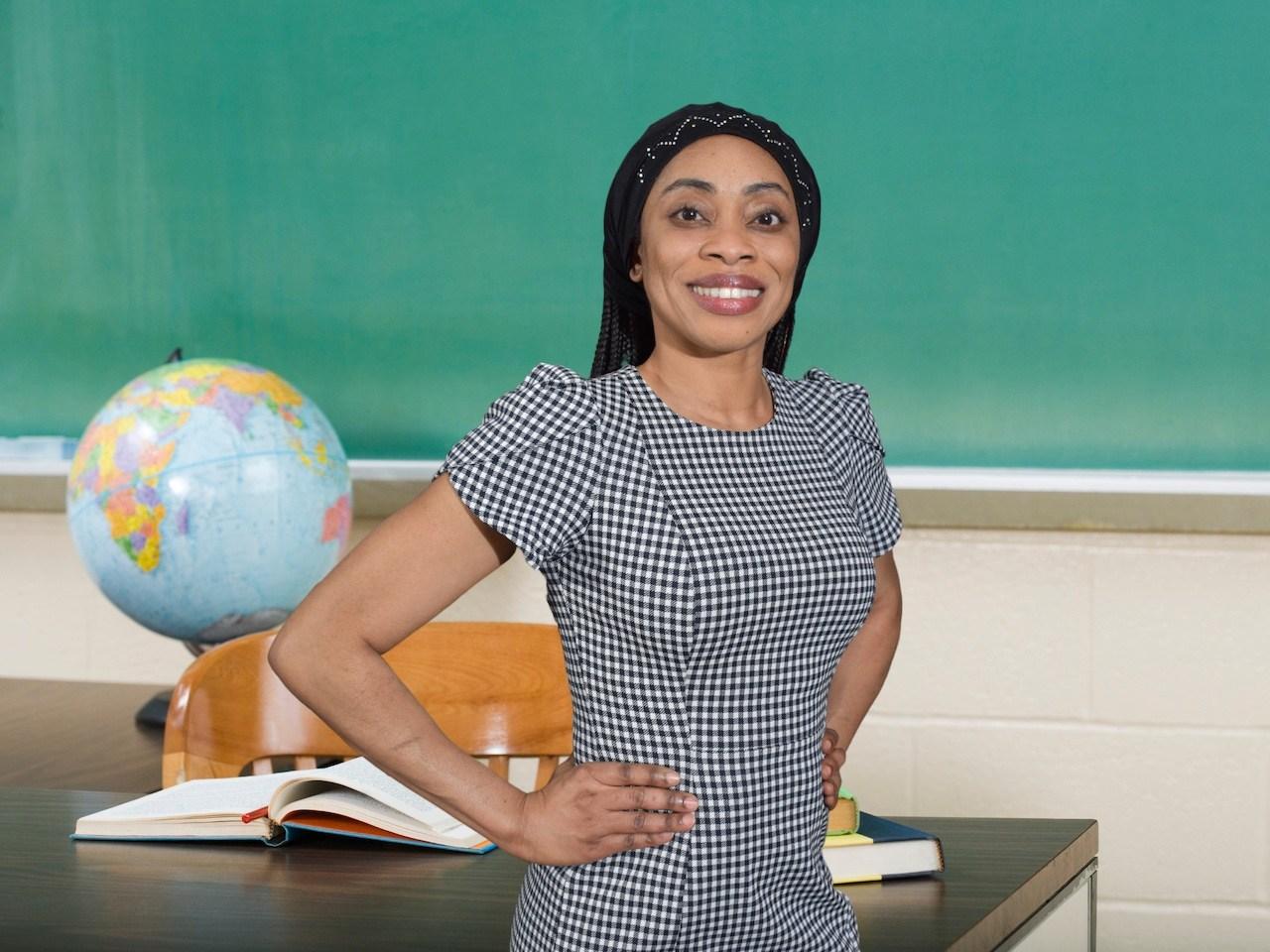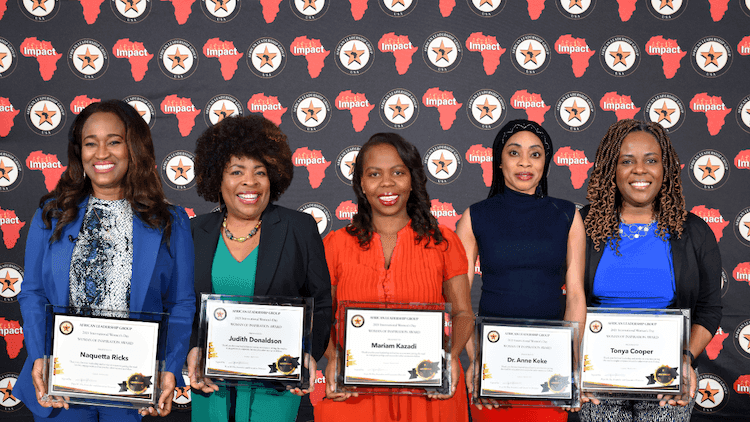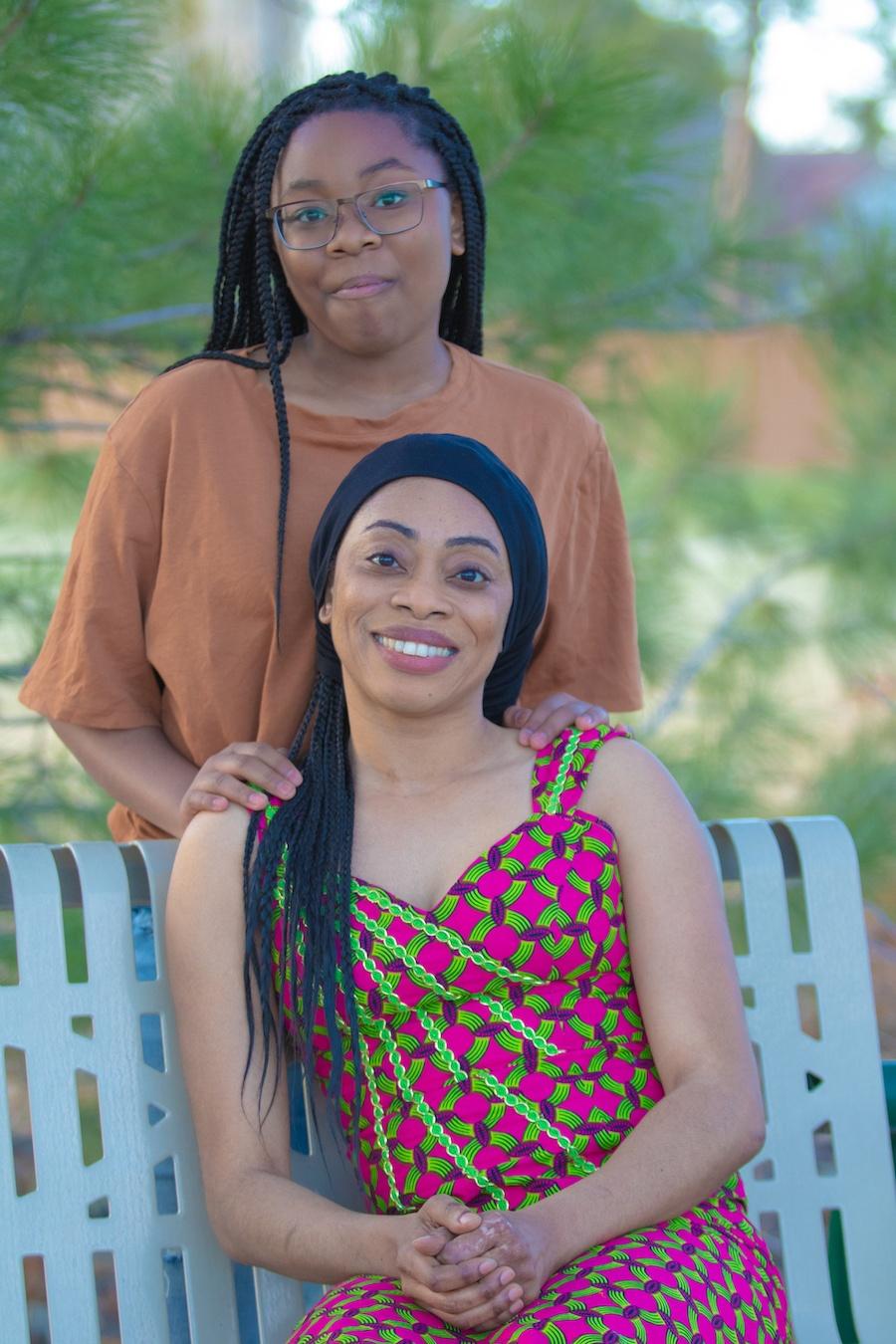
Come as you are to the classroom
When students see a diverse group of teachers as authentic individuals, they expand their own understanding of what it means to be a human in this world. That’s key to a more equitable future for all

When students see a diverse group of teachers as authentic individuals, they expand their own understanding of what it means to be a human in this world. That’s key to a more equitable future for all
You know the question: “What do you want to be when you grow up?” Most kids have a ready answer—from the fantastical (unicorn tamer!) to the practical (builder). And whether these future careers spring from a richly furnished imagination or a personal hero, they tend to grow from what they see in their lives.
Who we see and what we see can come to define to us what is possible. The more kids see, the wider their realms of possible worlds.

Dr. Anne Keke grew up in a place where most people looked and sounded like she did. In her home in Côte d'Ivoire in northwest Africa, she and her brothers attended school during the day and often spent evenings at the local college where their mother was taking classes to become a nurse.
In these spaces, when people saw Anne, they saw her bookish nature, her love for school, and her facility with languages. If they didn’t see her, she was probably under the bed or in the closet, hiding out to read one more chapter in her book.
Anne was just herself and her brothers were their own selves and all the people she saw reflected back to her the possibilities of her world. As a speaker of three languages, one of those possibilities was an international education. When the time came for college, Anne and her siblings went abroad—one brother to South Africa, one to Canada, and Anne to the U.S. to study counseling.
In the U.S., Anne earned degrees in counseling and restorative justice—a method of dispute resolution that helps people communicate with one another and work out issues in a way that strengthens relationships and builds more peaceful communities.
Anne saw a need for that work in schools, but she was surprised that she could not find a teaching job. As a new immigrant to the country, she learned that people did not seem to see her for herself anymore. They didn’t see her master’s degree or her three languages or her volunteer work. They saw something else that she could not at first name.
She says, “It was easier for me to make friends with Hispanic-American people; they helped me assimilate. A group of people with immigrant roots made me feel the most welcome.”
She decided to return to school and earn a doctorate, in hopes that she would then be able to teach. According to Anne, “The first school that wanted to hire me was a charter school. There were people who looked like me at the school, and they decided to give me a try. I was first hired as a restorative justice coordinator, though some on the interview committee did not have confidence in me. But they gave me a chance, and I blew their minds.”
Anne was still hoping to teach, and when a career education class came open during the middle of the COVID crisis, Anne applied for the job and created a whole new curriculum for the school’s College and Career Readiness and Career Exploration classes.

When it comes to curriculum, we sometimes hear about “windows and mirrors.” Much of reading and learning is a window looking onto some other time, some other place, some other person or culture. But kids need mirrors, too—their own time and place and culture reflected back at them in their learning. It’s just that, historically, some kids got mostly mirrors and some mostly windows.
It became Anne’s mission to ensure her students had the opportunity to see more people and possibilities in the world, including plenty of mirrors.
“I changed the way career classes are taught. We explore many careers that students didn’t know were possible for them. I bring in guest speakers, and they see there are people who look like them who are doing the job. There are people who sound like them who are doing the job. And there are people who look and sound like me, too.”
Along with their career explorations and lightbulb moments, her students wanted to get to know her, too. They wanted to hear about her life and for her to know theirs. Anne says that it can be hard for teachers to break that personal barrier and show themselves to students. But students crave that—they seek connection and it helps them grow their social skills.
“Kids want you to appear in your authenticity. They smell BS a mile away. It can be hard, but they want you to show your humanity. Some never get the opportunity to express themselves, at home or at school. They are not seen. They want to be seen. They want to be heard. And if you listen, you can learn much from them.”
Anne knew that seeing her and knowing her story was positive for the students. She also knew that it was positive for their parents, and for her coworkers and the school administrations, and for her neighbors and the people she meets in the larger community.

“Immigrants can really struggle with the way people perceive us. When people see me, they see a Black American, but then my accent surprises and confuses them. I have to explain myself and where I’m from, though no one knows geography. It’s like I am no longer a human. I’m an African. And I am rarely asked to be at the table to make decisions. And though I don’t need a seat at the table, I want to make sure that children know that they can one day have that seat.”
That is why Anne is now running for school board. At first, her motive was personal. With her own child, she found navigating the K-12 system difficult. She knew it would be even harder for an immigrant with a language barrier.
She believes that world-class education is an American promise—that students should get that education regardless of income or zip code. It’s why some immigrants make the trek. “But there’s a gap in that reality,” she says.
“I started finding out I was not the only parent struggling, that other parents couldn’t navigate the system either. They didn't understand half of what was being said to them.”
“The need for equal access is dire. And it’s not because parents don’t try for their children. It’s because the system can be hard and not welcoming. But I tell them they are invited. They can do it. They are the boss. Every parent. We have to force our opinions in. But that doesn’t mean we accept that.”
And so she’s taking the next step—to be seen in her community and for her community. The more immigrants, Black Americans, Latino Americans and others who take on leadership roles, the more children understand that they too can and should take on leadership roles too. That they belong. That they can be seen and heard.
“I tried to fit in by going to school and getting the highest degree, so then maybe others can see me. But they still don’t see me. You have to demand that space.”
As part of her run for school board, Anne is making a call to her community, in Colorado and across the country: “I want to make sure people understand that diversity is needed in our schools to bring a rich experience to all kids. It’s what makes this world so interesting.”
“I want to make a call to my colleagues and friends with diverse backgrounds. You can bring your whole, unique self into the classroom. Students need it and they love it and they embrace it. So that’s my call. Come as you are. Just come.”
Are you ready to answer the call? TEACH can help with teaching program profiles and 1:1 advice customized to your own journey. Come as you are!